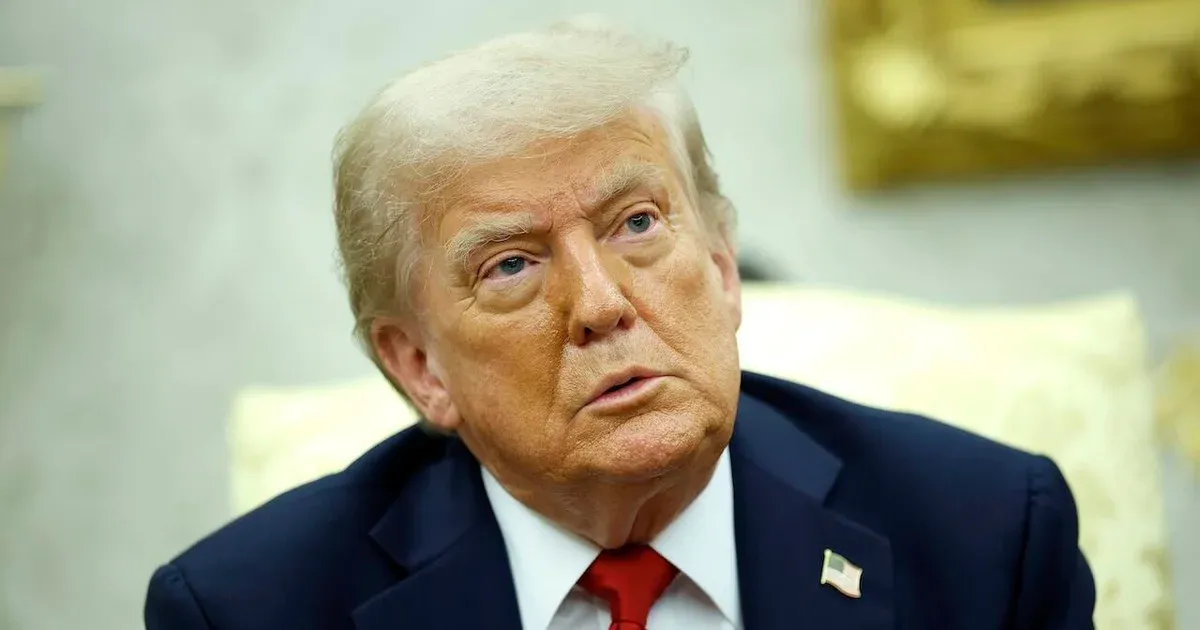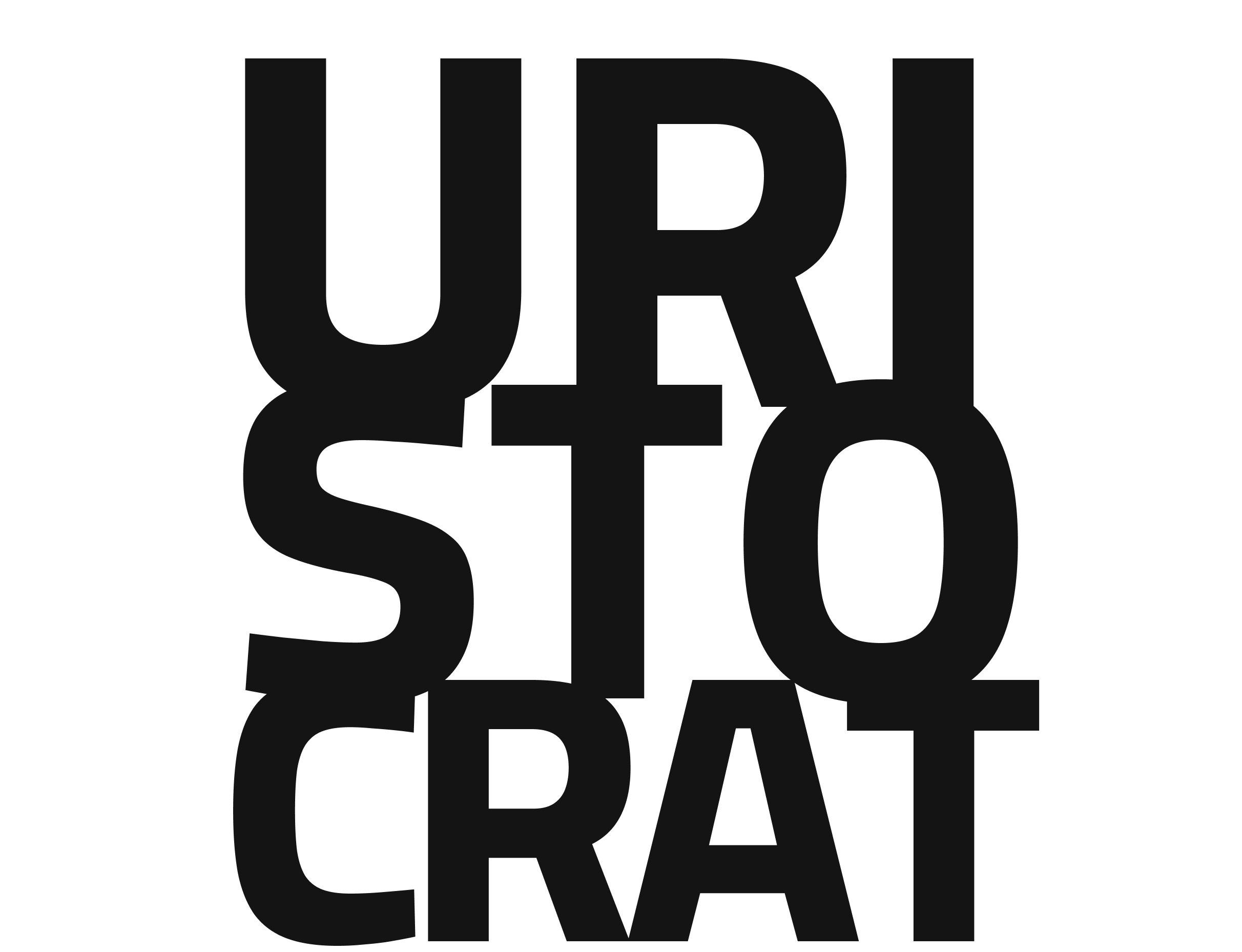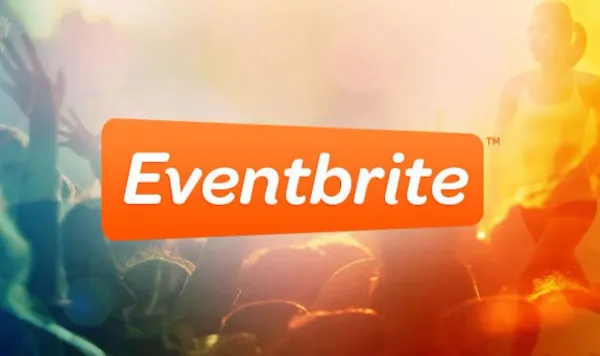Trump Set to Sign Executive Order on National Standards for College Sports NIL

President Trump signed an executive order on July 24, 2025, establishing national standards for the NCAA's Name, Image and Likeness program, implementing new restrictions on college athlete compensation that the White House describes as necessary to save college sports from an "out-of-control, rudderless system." The executive order, titled "Saving College Sports," prohibits "third-party, pay-for-play payments to collegiate athletes" while still allowing legitimate brand endorsement deals at fair market value.
This development follows a House subcommittee advancing the "SCORE Act" along party lines, legislation that would establish national standards for sponsorships and supersede the patchwork of state laws regulating Name, Image and Likeness. The executive order requires that high-earning athletic departments provide more scholarship opportunities in non-revenue sports and mandates that any revenue-sharing between universities and athletes must preserve or expand scholarships in women's and Olympic sports.
The Background: How We Got Here
The NCAA's decision in 2021 to let athletes earn money from NIL deals followed years of political and legal pressure on the collegiate sports giant. For decades, the NCAA imposed steep limits on compensation for student athletes, which it argued were necessary to insulate college athletics from commercial pressures.
College athletes can now make millions before ever going pro thanks to a set of NCAA rules enacted in 2021 that relaxed previous restrictions on being compensated for playing or accepting endorsement deals. Student athletes can now profit from merely showing up to play, or from jersey sales, autographs or serving as spokespeople for companies ranging from global brands to car dealerships near campus. The White House fact sheet notes that some universities are now spending more than $50 million per year on player compensation, with one team's football players receiving $35-40 million in 2025 alone.
Trump's Executive Order: Key Provisions
The signed executive order establishes several key policies for college athletics. It prohibits third-party, pay-for-play payments to collegiate athletes while explicitly allowing compensation for legitimate endorsements at fair market value. The order requires athletic departments with more than $125 million in revenue to provide more scholarship opportunities in non-revenue sports than they did in 2024-2025, while departments with more than $50 million in revenue must maintain at least the same level of non-revenue sport scholarships.
The order directs federal agencies, including the Department of Education, to use federal funding disbursement, Title IX enforcement, and interstate commerce laws as potential enforcement mechanisms. However, legal experts note the order uses the word "should" rather than "shall" throughout, suggesting it establishes policy preferences rather than binding legal requirements.
The Congressional Response: The SCORE Act
Meanwhile, Congress has been moving on its own legislation. The bill advanced out of the House Energy and Commerce Subcommittee on Commerce, Manufacturing and Trade on a party-line, 12-11 vote. Democrats on the subcommittee opposed the measure, saying it would transfer power back to the NCAA and impede progress made over the last few years by student-athletes.
Key provisions of the SCORE Act include:
- The amended version of the act would grant liability protection and preempt state NIL laws. It would also include an anti-employment clause and usher in regulation for agents. NIL deals would also need to hold a "valid business purpose"
- The legislation would level the playing field by requiring all eligible universities to maintain at least 16 varsity sports teams and would require schools to report on revenue from media rights and on fees charged to students used for athletic programs
Legal Challenges and Limitations
Legal experts warn that Trump's executive order faces significant challenges. NIL is a subset of the right of publicity, which is a matter of state laws (there is no federal right of publicity) and which forbids the commercial use of another person's identity—be it their NIL or perhaps their voice, mannerisms, signature or other characteristics that make them unique—without their consent.
Thus, the executive order would at most help set national guidelines for NIL—it does not have the power to override state laws that conflict with those guidelines. Similarly, an executive order limiting NIL might conflict with state labor and employment laws. As legal experts note, the order lacks specific enforcement mechanisms and appears to fall short of providing the clear federal guidance that many athletic departments hoped for.
Professor Sam Ehrlich of Boise State University, who tracks collegiate sports litigation, called the potential enforcement actions "pretty extreme" and questioned whether the executive branch would actually follow through on enforcement threats or if there would be unintended consequences.
Industry Reactions
The NCAA released a statement appreciating "the Trump Administration's focus on the life-changing opportunities college sports provides millions of young people" and expressing readiness to work with the administration and Congress. However, the organization had already begun addressing some concerns raised in the order, including creating oversight of NIL deals over $600 and establishing rules for deals lacking valid business purposes.
Republican committee chairs Rep. Brett Guthrie of Kentucky, Rep. Tim Walberg of Michigan, and Rep. Jim Jordan of Ohio thanked Trump for the order but urged Congress to pass legislation enshrining the changes. College sports leaders have met with Congress 13 different times seeking federal intervention in the NIL process.
What Happens Next
The executive order represents the most significant federal intervention in college sports compensation since the NIL era began in 2021, but its practical impact remains uncertain. The order uses aspirational language rather than binding directives, and legal experts question its enforceability given the state-law basis of publicity rights and the complex web of ongoing litigation affecting college athletics.
The combination of the executive order and Congressional action through the SCORE Act signals increased federal attention to college sports governance, but both face legal and political challenges that could limit their effectiveness in creating uniform national standards. As the 2025-2026 academic year approaches, universities, athletes, and legal observers will be watching closely to see how these federal initiatives are implemented and whether they can bring stability to what many describe as the chaotic current landscape of college athletics.
Sources:




